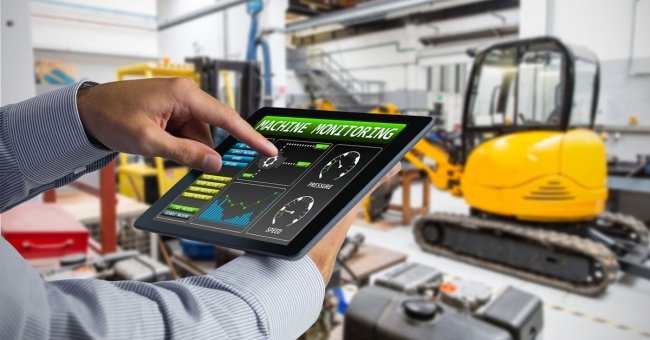Yes, I 4.0 predominantly revolves around the concept of becoming much leaner than existing version of operation and supply chains, thereby aiming at profit maximization through efficiency.
It is a given that in the modern manufacturing environment, supply chain partners need to be more well connected, data needs to flow in both directions across the supply chain and within individual operations. Connectivity results from availability of cost-effective sensors, actuators, process equipment and mobile devices, being connected through the Internet, where applications interface with each other, so as to ensure seamless transfer of enriched data throughout the supply chain.
In Industry 4.0 it will be a reality that POS data collected from various retail outlets for a product might subsequently reach various levels of supply chain with information being filtered, interpreted and presented in relevant form for that particular level of the supply chain.
Say, a tertiary level supplier supplying small rivets for an electronic device assembling plant, might get feedback specific to the product they manufacture, which would have been filtered, analyzed and converted by the MES at the assembly plant and only relevant information would reach the rivet supplier. The supplier then takes requisite action, modifying product based on received feedback, revising spec and design, making prototype, taking approval from the plant and changing the next lot for supply, eliminating the error, even before another lot of end product hits the shelves in the market.
Previously, when an event occurred anywhere in the supply chain, by the time it was detected, corrected and subsequently relayed to other partners in the value chain the amount of loss incurred to the entire chain would have already become substantial. Throughout industrial history we have seen cases where a faulty assembly or a part, has led to massive losses for the main manufacturer and not to mention the risk caused to users and some cases even the loss of life.
In an I 4.0 environment, actions are driven by events and the best part is that an event may take place absolutely anywhere in the supply chain, the MES application, connected to the other IT applications, would ensure any negative event is immediately reported across the board, with relevant filters applicable, allowing users to get the exact information required by them to initiate requisite action, all this on their mobile devices, means the impact of any negative event can be drastically reduced, while the ability to derive value from a positive event will also be exponentially improved.
Moreover, the information flow will be dynamic and will adapt to be accessible across all sorts of devices, across various OS and platforms, thereby allowing users to trigger decisive and value adding actions on the go and in real-time, faster and in a more precise manner than ever before.
Users may on their mobile devices, not only configure the GUI as they prefer, they may also leverage intuitive abilities of applications like MES, coupled with features like Augmented Reality, to gauge current situation on the shop-floor, manipulating and changing status-quo, all through their mobile devices, which will basically reflect a virtual twin of the manufacturing plant and operation.
This multi-layered connectivity and ability to use mobile devices, will allow entire supply chains to become flexible organisms, making changes and adapting constantly based on feedback received through capture of events on and across the shop-floor.

